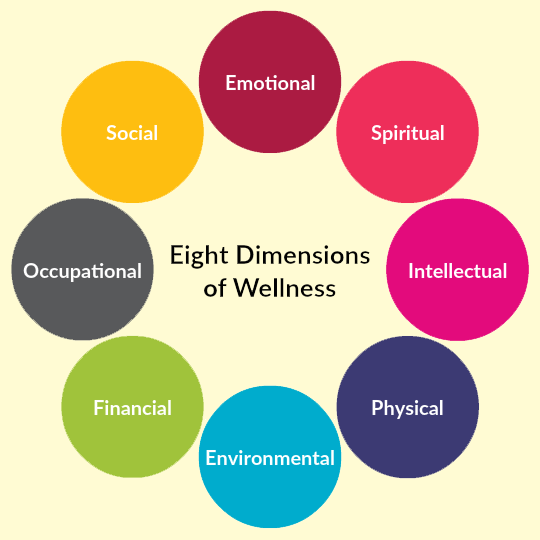The COVID-19 pandemic continues to impact most industries at an unprecedented scale globally, and the health and wellness industry is no exception experiencing significant disruption over the past few months. Due to the ongoing pandemic, the customer’s priorities have shifted towards physical wellbeing. This change in customer preferences poses a monumental challenge to the health and wellness companies in navigating this crisis. Before discussing the top health and wellness trends in 2020, let’s touch upon health and types of wellness.
WHO defines health as a state of complete physical, mental, and social well-being and not merely the absence of disease or infirmity. Whereas according to The National Wellness Institute, wellness is a conscious, self-directed, and evolving process of achieving full potential.
Top 5 health &wellness trends of 2020
1.Adoption of digital wellness products
The global digital health market size is expected to reach USD 385.8 Billion by 2025. As the physical world comes to a standstill due to COVID-19, the adoption of digital health and wellness solutions have surged. With many stuck at their home and yet wanting to improve themselves, digital wellness products such as meditation apps, digital fitness classes, and online healthy food tutorials are booming. At the same time, most of the global workforce is working from home full-time for the first time and has led to anxiety and stress that has impacted overall wellbeing and productivity.
In order to balance business continuity and employee wellbeing, organizations have implemented mandatory digital wellness programs to help in improving the wellness and productivity of their employees.
2.Greater focus on mental wellbeing
The fear of contracting the virus, significant changes to everyday life, job loss, etc has induced anxiety and other mental illness to a greater extent. The new realities like social isolation and temporary unemployment are a few additional factors that have significantly contributed to the rise in mental wellness. Though this issue has created a surging demand for home-based over the counter sleeping aids, especially the ones that don’t include chemical ingestion, on the flip side, this has created a tremendous awareness of mental wellbeing and mental health. This awareness has now influenced ordinary people in using online therapy/counseling and keeping themselves involved in de-stressing activities that improve their mental health.
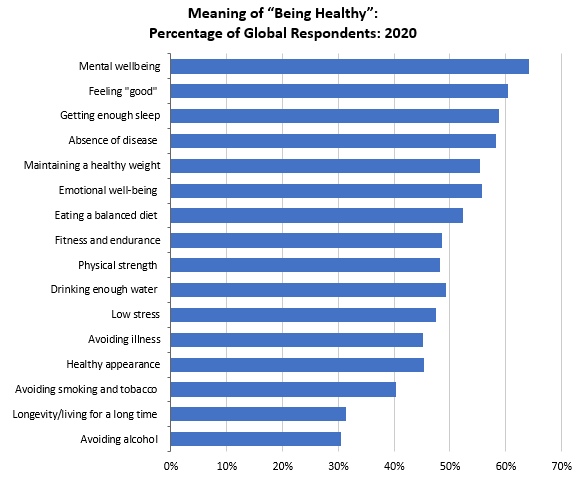 Source: https://blog.euromonitor.com/
Source: https://blog.euromonitor.com/
3.Immunity strengthening nutrients and supplements
Building immunity is considered as one of the crucial shields against Covid-19 and other diseases. People with better immunity levels tend to fight infections better. This concern towards building immunity has led to people trying various home remedies, wonder foods, and a lot of vitamins, minerals & supplements (VMS).
A recent Civic Analytics Consumer Survey has shown that there is a 10% -15% surge in spends on VMS globally. These proactive self-care trends to relieve the stress during the quarantine are expected to persist well past the COVID-19 quarantine and thus, resulting in increased demand for VMS globally.
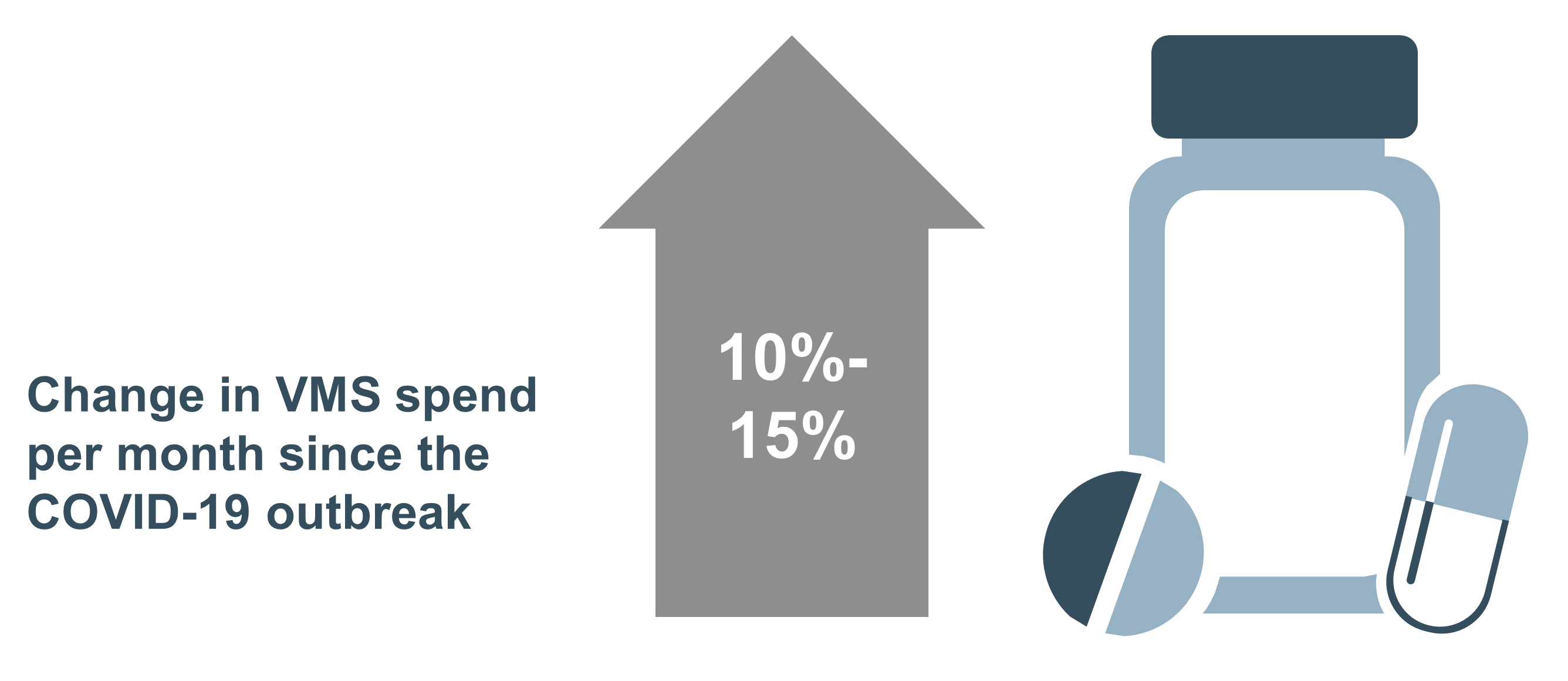
Source: https://www.lek.com/
4.Remote healthcare and telemedicine
Due to the COVID-19 situation, people are reluctant to visit the hospital to treat other ailments, especially older people who are too vulnerable to contracting the virus. At the same time, doctors and nurses who are risking their lives on the frontline are demanding new ways to treat patients. These are the kind of scenarios where remote healthcare/telemedicine come to the rescue.
Through advancement in technologies for remote diagnostics, remote testing, and platforms that securely store patient’s information, a pandemic like COVID-19 has triggered a large scale acceptance among ordinary people. Telemedicine combined with online pharmacies has revolutionized how people approach medical diagnostics and treatment.
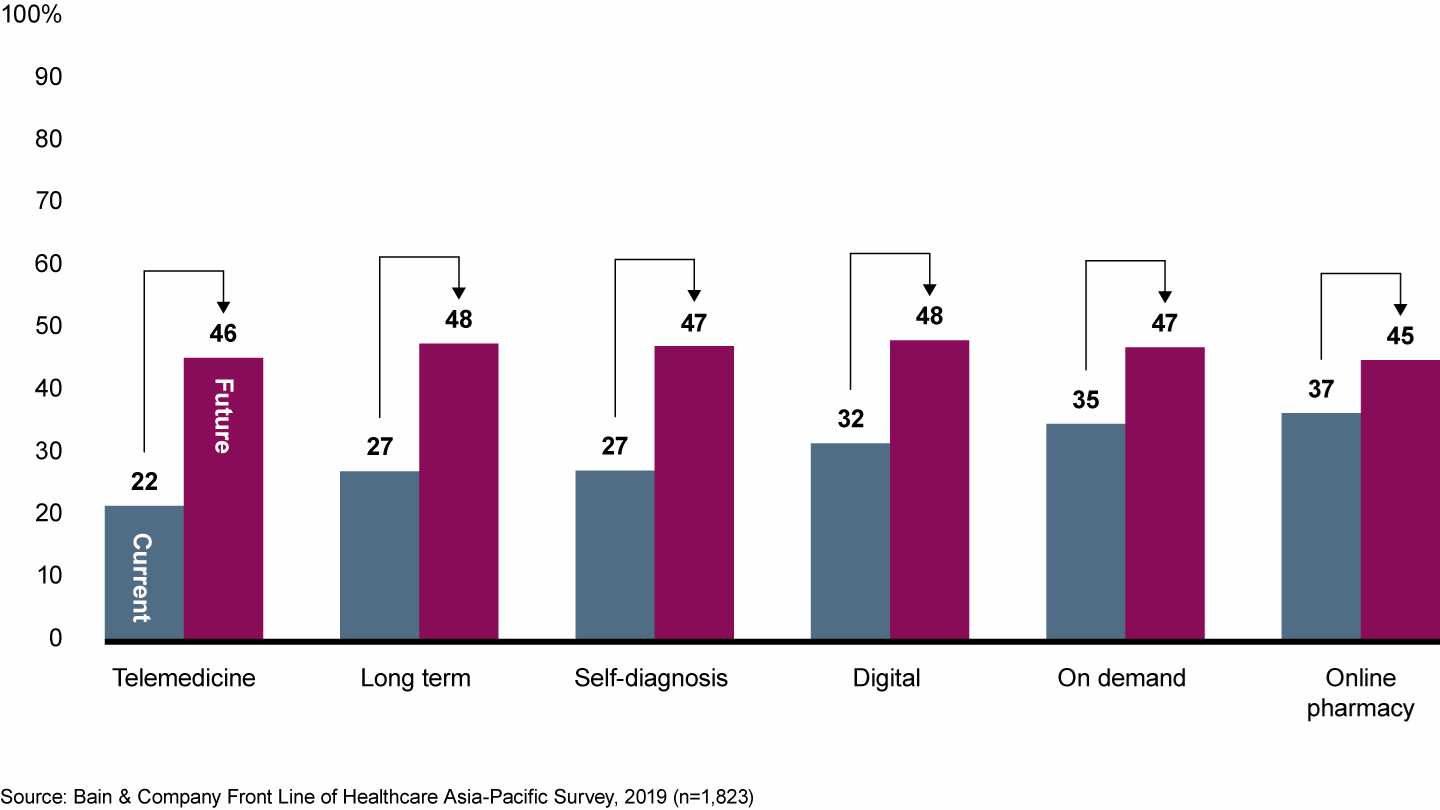
5.Growth in the usage of wearable devices
A wearable is a category of electronic devices that can be worn as accessories or embedded in clothing. The generic wearables available today are smartwatches and fitness trackers that help measure and monitor physical movements and vital health metrics such as temperature and heart rate.
The COVID-19 outbreak that has led to that has increased sales of smart wearables from USD 2 billion in 2019 to USD 16.12 billion in 2020 at a compound annual growth rate (CAGR) of 22.37%. The need for monitoring the health vitals to track and identify illness is the main factor that fuelled the surge in smart wearables sales.
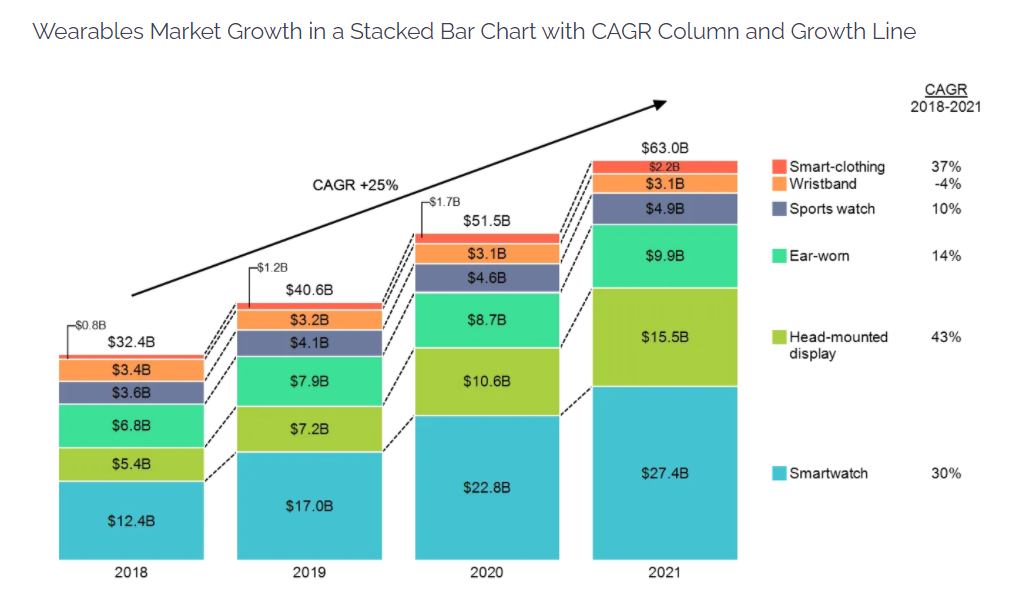
source: https://www.mekkographics.com/wearables-market-growth/
The brands which are able to stay up to date with these changing trends tend to garner greater market share and can increase their growth exponentially. The major differentiating factor always boils down to superior consumer insights.
SetuServ’s VOCIS platform would help you and your organization with the latest market insights and trends which are actionable and benchmarked against competition to leverage on points of parity and differentiation to stay ahead.

